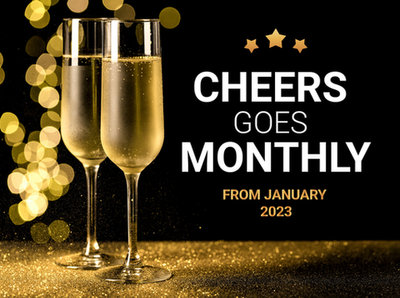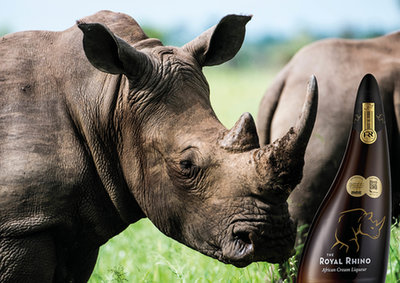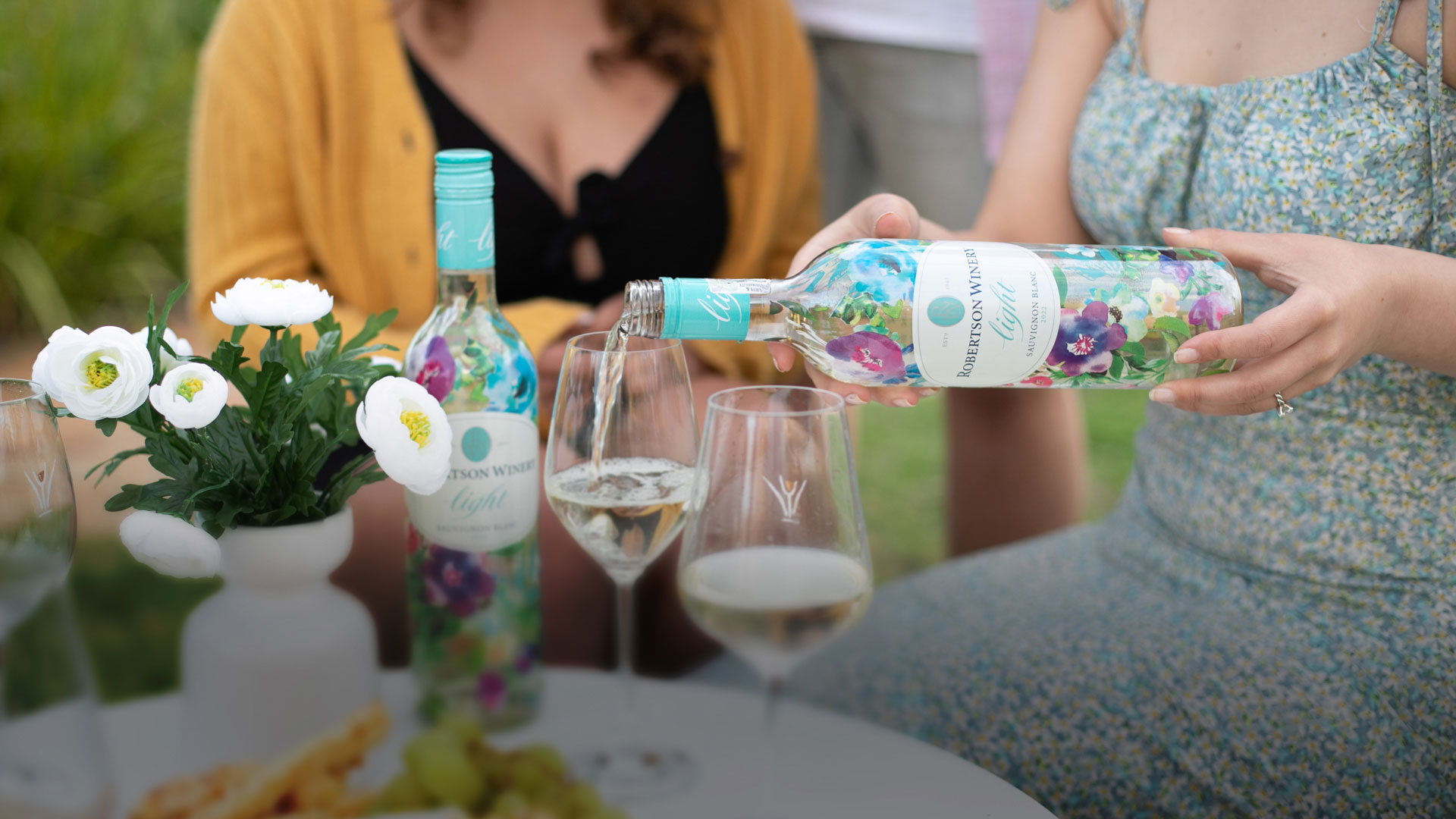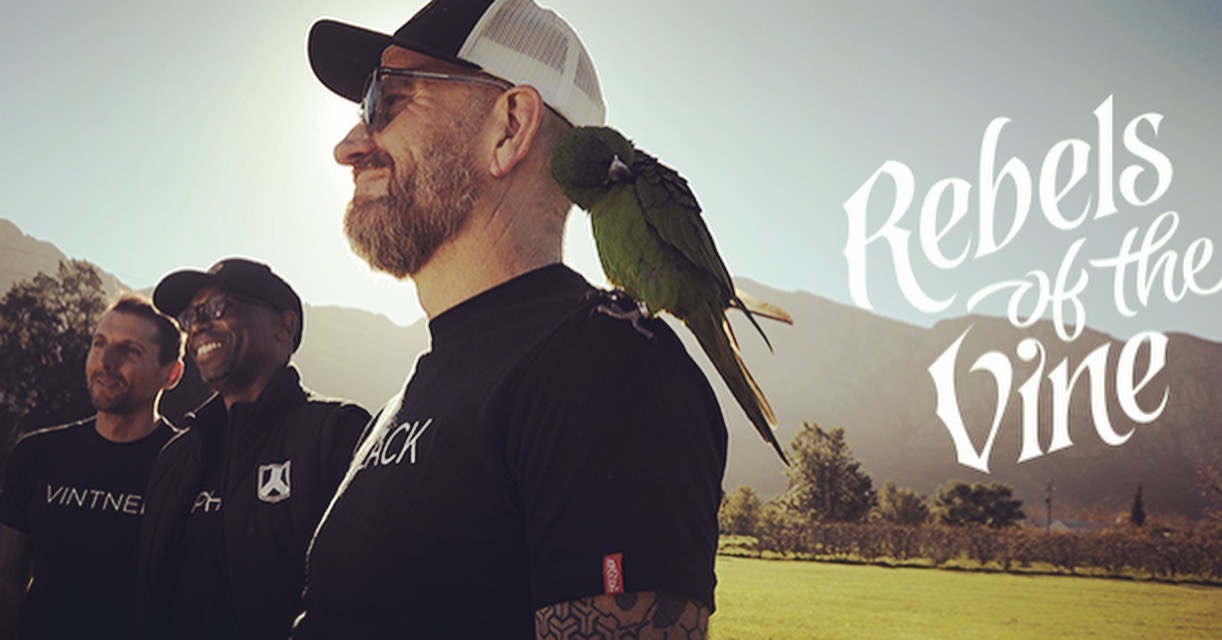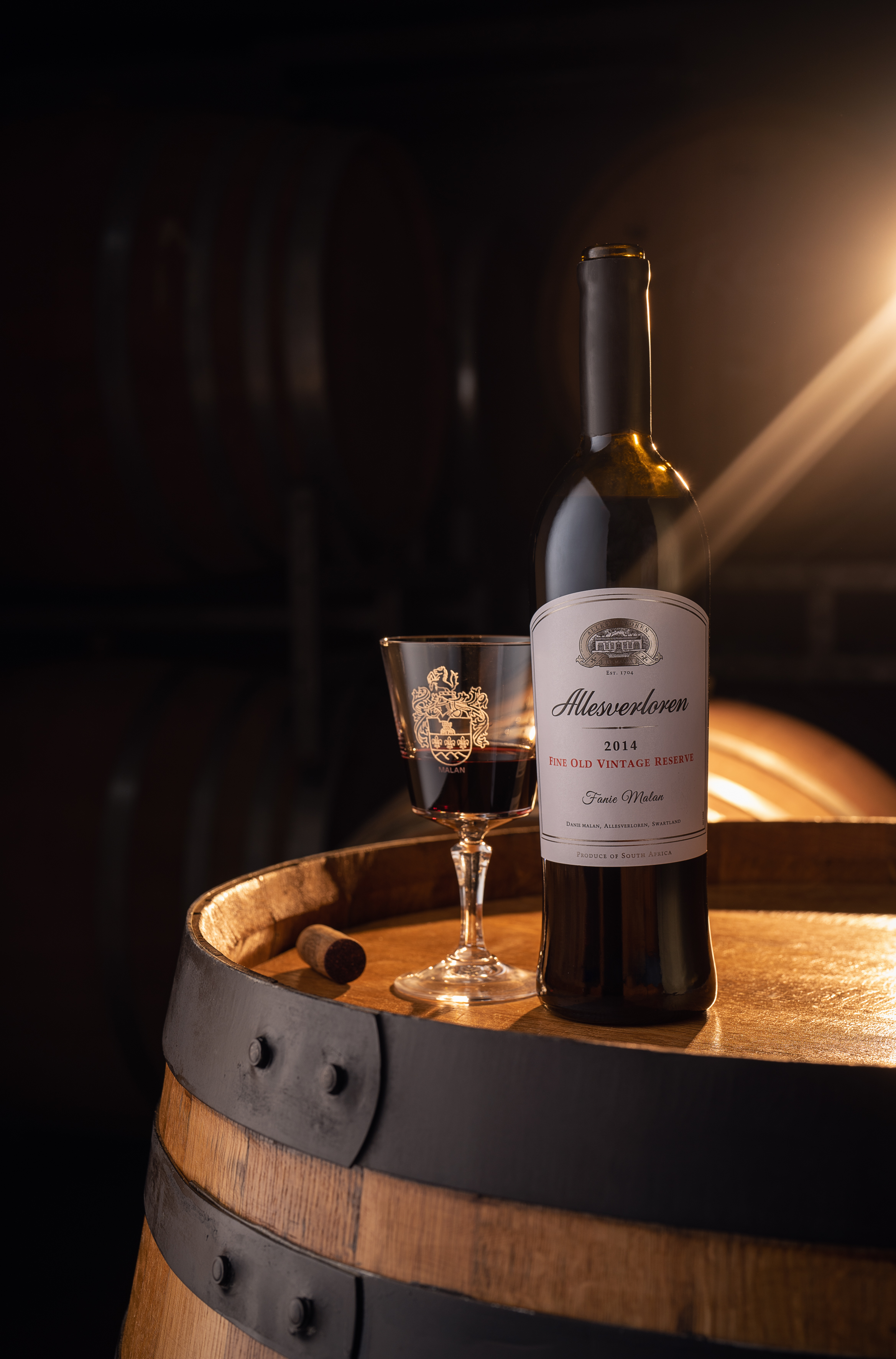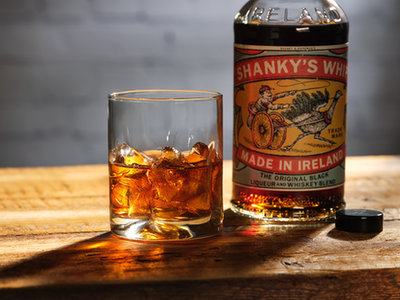Awards wrap
Chenin blanc and pinotage, often considered the ugly ducklings of the South African wine world by international cognoscenti, have proven the naysayers wrong and are now the two wine styles frequently sought out by buyers and consumers.
The change in reputation has been driven by winemakers striving to constantly improve the quality. By having their efforts judged against their peers they can benchmark their wines. It’s one of the reasons that the Standard Bank chenin blanc Top 10 and Absa Top 10 pinotage competition results are eagerly awaited.
Head of the chenin blanc judging panel, James Pietersen, said the diverse wines tasted “reflect a combination of innovation, accomplished experimentation and altogether dextrous, and imaginative winemaking”. He pronounced the top 10 selection even better than the 2021 laureates. “They make us proud of the story they tell about the energy and creativity coursing through our industry.”
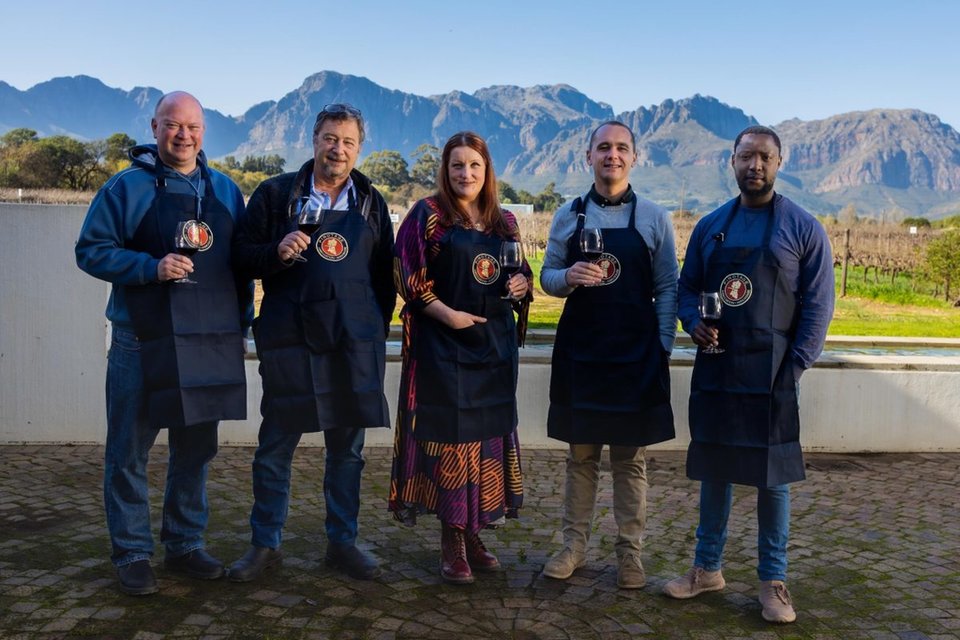
The Absa Top 10 Pinotage judging panel
Listed alphabetically the top 10 comprised:
Alvi’s Drift Private Cellar 221 2021, Kaapzicht Kliprug 2021, Nabygelegen Chenin Blanc 2021, Piekenierskloof Bergendal Old Vine 2021, Rascallion Devonian 2021, Rijk’s Cellar Touch 2020, Spier Seaward 2021, Stellenbosch Vineyards Bushvine 2021, Stellenrust Stellenbosch Manor 2020 and Stellenrust Old Bush Vine 2021.
Stellenrust was singled out for special mention since it’s the only local producer to have made the Top 10 without fail for the past nine years!
Standard Bank has also stipulated that the generous cash prize is used towards enhancing the lives of farm workers and their communities. Stephan van der Merwe, head of Commercial Clients in the Western Cape, said: “As sponsors, we see this feature as an essential part of the challenge. To date, R2,1 million has been directed towards farm worker community projects. The prize money provides tangible acknowledgement to farm workers of their role in making award-winning wines.”
The ABSA Top 10 Pinotage roll of honour – also listed alphabetically – comprised: Beeslaar 2020, Beyerskloof Winemakers Reserve 2018, Flagstone Writer’s Block 2020, Kanonkop 2019, Neil Ellis Bottelary Hills 2018, Brink family vineyards 2019, Rijk’s Reserve 2016, Simonsig Redhill 2019, Vondeling Bowwood 2019, Windmeul Reserve 2019.
One wine singled out for special attention was Simonsig’s Redhill pinotage, the eighth time it had made the Top 10. “Pinotage has a special place in the heart of all South African wine lovers, so it’s particularly gratifying to receive recognition like this,” Michael Malan, the third generation Simonsig winemaker said. “The credit belongs to everyone at the farm, from the vineyards to the cellar.”
Not to be overlooked, the country’s pinot noir producers also got to brag recently when the results of the Mosaic Top 5 Pinot Noir awards were announced.
Occupying the top slots were: Chamonix Reserve 2020, Die Kat se Snor 2019, Iona Kroon 2019, Oak Valley Groenlandberg 2021 and Richard Kershaw Clonal Selection Elgin 2020.
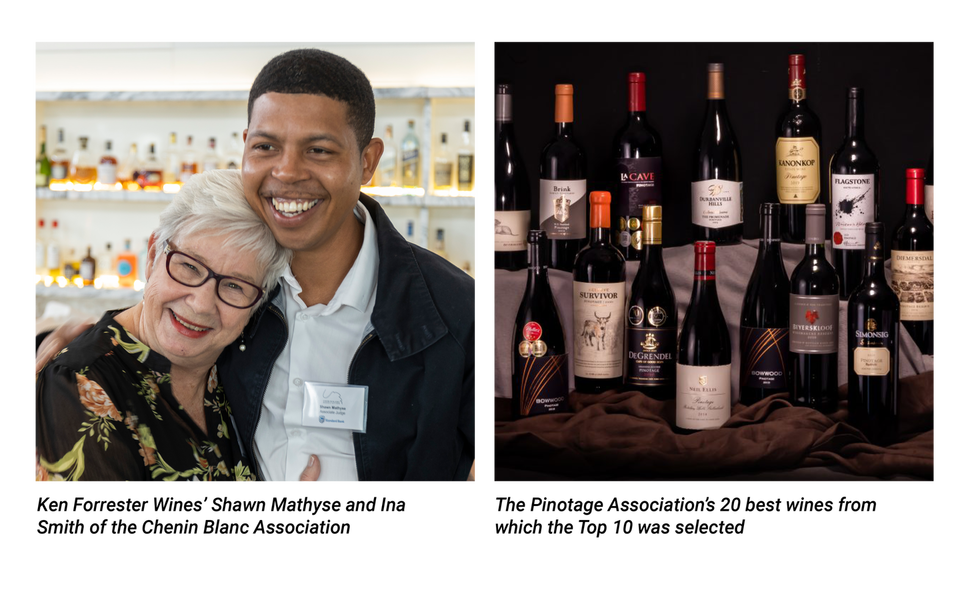
Sipping to save rhinos
The dire plight of rhino being indiscriminately poached for their horns inspired conservationist Louis Lategan to think out the box.
He created The Royal Rhino cream liqueur in 2018, bottled in the distinctive shape of a rhino horn.
Not only would consumers get to enjoy the delicious cream liqueur but they would also be contributing to a worthy cause. For every bottle sold a percentage of the proceeds is donated to the fight against the poaching of Black and White Rhino throughout Africa.
Two flavours, native to the African continent, come together in a distinct fusion. The rich, bold taste of Arabica coffee is balanced with the flavour of fragrant vanilla. Fresh dairy cream is folded in to the liqueur to give The Royal Rhino its signature velvet finish.
And it doesn’t only taste good, something recognised by a 91 point score from the International Wine & Spirit competition but The Royal Rhino was also awarded the Best Bottle Design in the Beverage Packaging Division at the Virtual Worldstar Awards ceremony.
Savour the flavour of this African cream liqueur by enjoying it over ice in a short glass. Or drizzle it over ice cream to add that something extra when serving dessert.
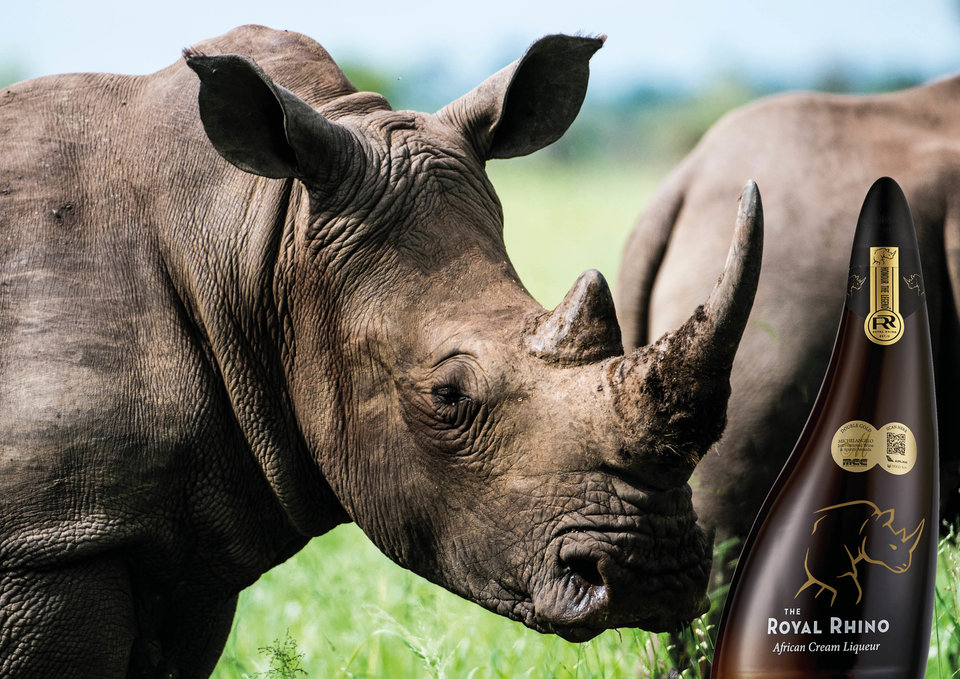
Update at 80
Robertson Winery marked its 80th birthday this year by revamping and relaunching two of its most popular ranges in new eye-catching packaging.
Known in the industry as innovators and pioneers, the Robertson Winery team gave the Natural Sweet and Cultivar Light ranges a makeover in the form of special bottle sleeves.

Marketing manager Ankia Niemann said the rejuvenated look paid homage to the valley the wine originates from. “Robertson is best known for wine, horses and roses – and it’s this sentiment that inspired the rose refresh of these two much-loved ranges.” The brand commissioned artist Riaan Marais to artistically recreate specific varieties of roses found in the Robertson valley.
The Natural Sweet range features Fairest Cape, Brumilda Roos and Just Joey rose imagery across the red, rosé and white wines. Although the Cultivar Light range boasts the same roses, they were created in an informal modern style that was inspired by impressionist watercolour flower painting.
“We wanted to celebrate this proud milestone by breathing life, colour and fun into some of our most loved ranges,” says Niemann. She said the final products exceeded their expectations. “We look forward to 80 more years of #MoreToShare with our trade partners, the Robertson Winery team and of course our customers.”
Sparkling cider life
Ready to welcome summer with a crisp, refreshing and apple-flavoured sparkle? Loxtonia, the Ceres valley producer of real apple cider have something its dubbed “the ‘Prosecco’ of apple ciders” just ready for consumers to enjoy this summer season.
The Loxtonia sparkling apple cider is crisp yet light and full of vivacious bubbles somewhat reminiscent of Italy’s favourite sparkling wine, Prosecco. Upon opening, consumers can expect to find a crisp green apple flavour with a light touch of sweetness to counter the crisp, distinctive acid tang – but its perfect balance is ultimately refreshing.
But then, that’s to be expected since Loxtonia has a wide range of apple ciders made with handpicked, freshly pressed and naturally fermented apples, nurtured from orchard to bottle on the family apple farm.


Can an elephant?
Franschhoek’s Black Elephant vintners have packaged their sauvignon blanc in cans for some time but felt that the wine drinking public should be reminded of the ultimate convenience offered by this format.
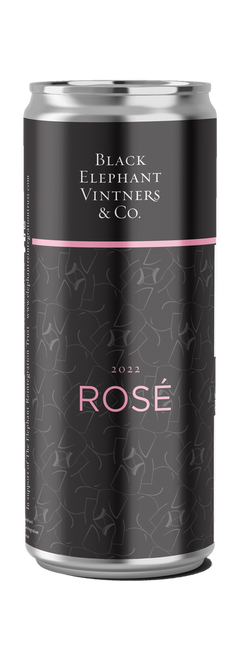
“We’ve redesigned the packaging, kept the wine as rebellious as ever and partnered up with the Elephant Reintegration Trust (ERT) to shed light on the dire plight of captive elephants in South Africa,” their media release stated. “R1 of each can sold will be donated to ERT to assist them in their efforts in reintegrating elephants to their natural habitats after South African tourism industry permitted elephant-back safari operators in 2002.”
Good news for fans of this format is that sauvignon blanc isn’t the only wine in the handy packaging. The range has been extended to accommodate rosé and red wine too.
Dot – dot – dot
The time of year when South Africans revel in the outdoors by biking, swimming, sailing, hiking, golfing or just picnicking and braaiing has arrived. Stellenbosch Hills winery hopes to hit the spot by making the enjoyment of their range of Polkadraai wines so much easier by packaging them in convenient 250ml cans.
They’re lightweight, easy to pack, hardy, and easy to dispose of – responsibly! – when empty.
Polka is the latest addition to the Polkadraai portfolio, which includes wines in traditional 750ml bottles and the larger format bag-in-a-box. New Polka launches in three variations – Polka chenin blanc/sauvignon blanc, Polka rosé and Polka pinotage/merlot. And just because they’re in a can, doesn’t mean they’re shabby either. Each comprises quality wine made to the exacting standards that Polkadraai is known for and presented by vintage too.
Already a much-loved brand, Polkadraai is famous for putting the fun back into wine. It’s all about those fabulous polka dots.
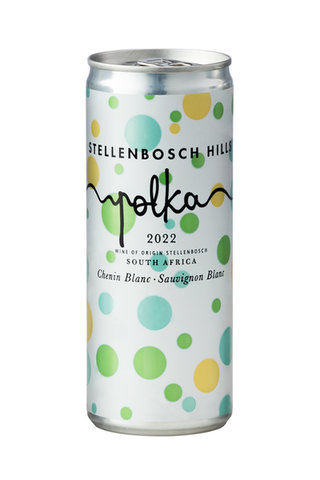
All is not lost
Riebeek Kasteel is the small village at the heart of the Swartland wine revolution of the past two decades. But veteran producer Allesverloren has been growing grapes and producing wine for significantly longer.
2022 marks 150 years since the Malan family acquired the land and also sees the end of its 53 year distribution contract and relationship with Distell. But contrary to the name Allesverloren (all is lost), not all is lost as the family continues its multi-generational custodianship of both the brand and the land.
To commemorate the occasion, Allesverloren has released a reserve wine that enshrines its heritage as one of the country’s oldest wineries. Named after the late Fanie Malan, father of current cellarmaster and fifth-generation owner Danie Malan, the Fine Old Vintage Reserve port-style wine makes a proud addition to the portfolio. Fanie Malan made the first Allesverloren wines in 1972.

Allesverloren is renowned for its quality port-style wines, something it once specialised in exclusively. Over time however, it has expanded the range to include premium quality red wines made from shiraz, cabernet sauvignon, touriga nacional and tinta barocca too; and its single vineyard estate muscadel.
Current owner Danie Malan’s daughter Danielle now handles marketing while son Fanie is all about farm management. The winemaking relies upon the skill of Wilhelm de Vries.
“We’ve always released a Fine Old Vintage Reserve when exceptionally good vintages justified its making,” says Danie Malan. “The 2014 vintage, which has developed in bottle until release now as the Fanie Malan, was just such a year.”
Maritime curiosity
The latest limited edition release from Hendrick’s gin’s cabinet of curiosities is Neptunia.
It follows 2021’s release of Lunar gin and will also only have a limited two year lifespan.
Master distiller Lesley Gracie visited Cape Town to unveil the new Neptunia at an appropriately curated gin pop-up at the Radisson RED Hotel in the V&A Waterfront.
“I walk down the beach every weekend with my dog and take in the sound of the waves,” Gracie said, referencing the particular smell that occurs, no matter what beach you are on. “I find listening to the sound of the waves crashing on the shore really therapeutic. Looking out onto the horizon and feeling the wind in your hair and the salty sea breeze on your face is just a great feeling – it’s so freeing, invigorating and calming all at the same time.”

Markedly unconventional, this ode to the sea is the result of Gracie’s insatiable desire to seek out unusual flavours and to reinterpret them in spirit form – or at least have them contribute to Hendrick’s gin in some way. For Neptunia she used a range of refreshing Scottish coastal botanicals to express the magic of the sea in liquid form. The final product is unmistakably Hendrick’s, based as it is on the classic round house style. Neptunia simply adds another wave of flavour with the Scottish coastal botanicals combined with the smooth, bright citrus finish and a delicious distant sea breeze.
Black Irish
The branding of Shanky’s Whip, a new liqueur brought to South African shores by Trueman & Orange, is hard to ignore. It’s colourful, comical and utterly unique, depicting a jockey whipping on an ostrich!
It’s not unusual when visiting Irish bars to see locals dropping a shot of whiskey into a pint of Guinness – and it’s this practice which apparently provided the inspiration for the product.
Shanky’s Whip is made from black Irish whiskey (whiskey aged in charred barrels – hence the black part), un-aged Irish spirit, and then blended with natural flavours and caramel. The resulting spirit is midnight black, with a sweet smoothness underpinned with spicy Irish whiskey notes.
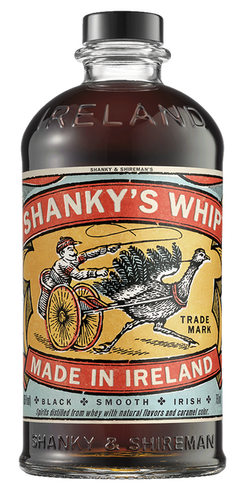
Shanky’s name deserves a mention too, as his story is almost as curious and delectable as his drink. The story goes that Mr Shanky was an extraordinary jockey but also a bit of a troublemaker … One of the particular incidents that made his name was when he was once thrown from his horse and promptly returned on an ostrich to win the race in front of a startled crowd. It might simply be a bit of blarney but it does make for a good yarn!
The recommendation is to try Shanky’s on its own, or over ice, first. And if you’d like to sample it another way, mix it with cola as a long drink.
Celebrating SA flavour
What are some of South Africa’s signature flavours? Biltong certainly, the Malay spice influence in the form of koesisters and bobotie and it would be impossible to overlook rooibos tea.
The latter is what Megan Swart took her inspiration from when developing Sprix, a unique South African hard seltzer.

Sprix is the first rooibos seltzer in the world and boasts three other flavours alongside the special tea from the Cederberg. First among them is lemongrass with its vivid citrus and mint flavour, then there’s the Japanese citrus yuzu and then vanilla spice – a combo of gentle vanilla richness as well as chai spice.
“I am so excited to launch Sprix in our country and introduce South Africans to a product that includes a hero ingredient that is so close to childhood memories. I wanted to conceptualise a brand including a South African favourite, and add a little twist to it,” Swart said.
Low in both calories and sugar, Sprix hard seltzer is a cold brewed organic Rooibos from the Cederberg area, packed with loads of antioxidants and flavour with an alcohol level of just 4%.
Seeing red in Constantia
The cradle of wine in South Africa is Constantia, on Cape Town’s urban fringe. Some of the country’s first vineyards were cultivated here more than 360 years ago – but the area is most frequently associated with white wine rather than red.
Recently the valley’s winemakers gathered to showcase their reds. “The total combination Constantia climate offers is an absolute gem found in very few areas of the world,” said Elunda Basson of Steenberg. “Great soil, site, rainfall, cool winds from the ocean all working together with sufficient sunlight on the right slopes, it is heaven for these cultivars.”

The point made was that Constantia’s location just three to seven kilometres from the ocean as the proverbial crow flies, makes it a cool area – and that helps in the cultivation and gentle ripening of red grapes. The region’s annual average temperature is a mild 16-degrees Celsius. That, combined with rainfall of around 1000 ml per year, the cool, oceanic breezes along with the steep slopes and altitude as well as the range of decomposed granite and sandstone soils means there are great spots for cultivating red grapes.
“The red wines from cool climates tend to have excellent colour and depth of flavour,” said Constantia Glen cellar chief Justin van Wyk. “The grapes retain their acidity well when temperatures are cooler, and ripening occurs slowly.”
Constantia’s red wines of distinction range from blends to single varietals and though all may be quite different, the thread that ties them together is that all are structured and well-balanced wines with elegant tannins, offering a plethora of beautiful dark fruit notes.
Cheers goes monthly
Cheers is on a roll. After 10 years as one of South Africa’s only drinks-focussed publications the magazine, brought to you by TOPS at SPAR, is increasing its frequency. From January Cheers will publish monthly, continuing to highlight the TOPS at SPAR core business while educating, informing and simultaneously encouraging responsible liquor consumption. Wine, beer and spirits remain the pillars of Cheers content and will feature alongside the monthly tasting, Perfect Serve cocktail feature, fishing, food, great give-aways and more. All your favourites, more often and with a visual makeover.
Subscribing is FREE so click here and make sure you never miss a copy!

Give us a follow on Facebook and Instagram:


